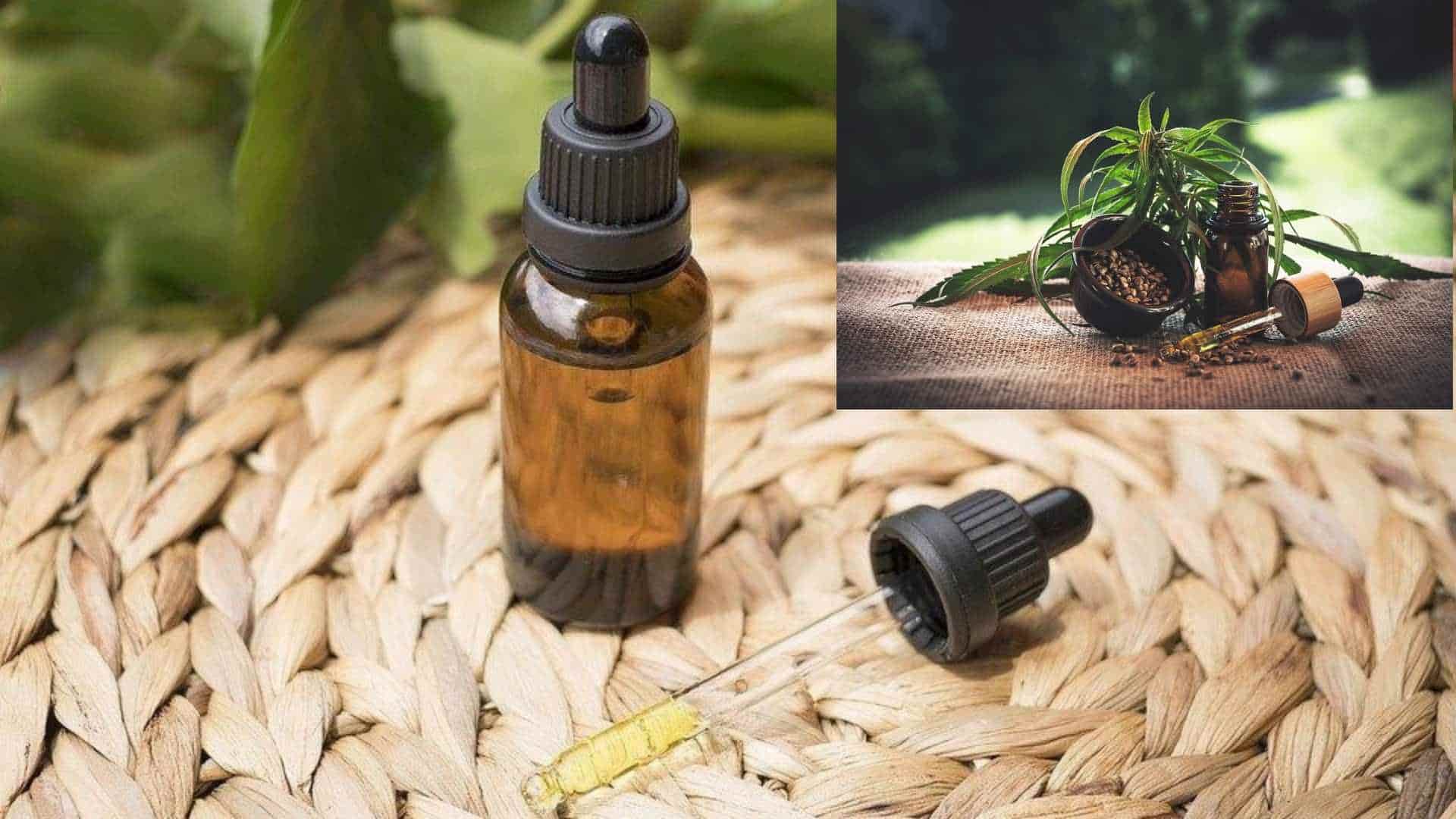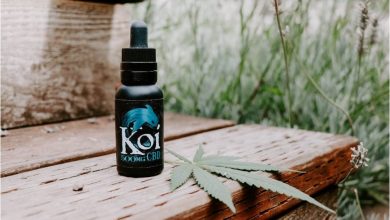HHC Dealing With Cerebral Edema – Marijuana is a prevalent substance among teenagers nowadays. The chemical substances produced from extracts from such plants are top-rated as cannabinoids. These substances include HHC vape products by TRE House cannabigerol, Tetrahydrocannabinol (THC), and cannabichromene. Tetrahydrocannabinol causes the typical ‘high’ when cannabis is present in the system.
Table of Contents
Can HHC Help In Dealing With Cerebral Edema?
Cannabis can treat many medical conditions. The medicinal applications of cannabis are rising day by day, having identified the middle ground between the typical ‘high’ of cannabis due to Tetrahydrocannabinol and the good brain benefits of cannabis arising from Hexahydrocannabinol (HHC).
The word “cannabinoid” describes a group of natural aromatic hydrocarbon molecules produced from the marijuana plant. However, as the medical use of cannabis has been more accepted, the term “cannabinoids” refers to a wide range of therapeutic compounds with pharmacologic activities similar to those of plant-based cannabinoids.
The mechanism in the brain is the key to understanding its medicinal potential. The most distinctive component of cannabis is Tetrahydrocannabinol (THC), the psychoactive ingredient in the drug. Hexahydrocannabinol is the second most crucial component (HHC). HHC is not psychotropic, and its impact on brain circuitry differs significantly from THC.
Cannabinoids (extracts from the marijuana plant) are effective because they interact with active receptors present in our brain and enable the body and mind to function better. Cannabinoid receptors are the name for these receptors. Such receptors, present in cells within the nervous system, are also known as CB2 and CB1 receptors.
They are primarily present in the hippocampus and cerebellum of the brain. The mental impacts experienced after eating cannabis have a quick start since these receptors immediately alter their functions.
Euphoria, enhanced sensory awareness, increased heartbeat, reduced pain sensation, and difficulty focusing on particular activities are all effects of psychoactive cannabinoids like THC. THC’s high impact arises from the drug’s fast action and binding on such receptors, which causes hallucinations and altered perception.
Hexahydrocannabinol (HHC), on the other hand, has a different impact on the brain than THC. HHC is not primarily psychoactive, as previously stated, and so it protects the brain cells from experiencing changed reality and emotions.
HHC counteracts the psychoactive impacts of THC, wiping out the ‘high’ impact by providing a highly regulated, medicinal benefit. Because of its antipsychotic properties, this molecule is present in various therapeutic applications.
These effects might be due to THC and HHC having opposing effects on brain functions in areas like the hippocampus, prefrontal cortex, and striatum. HHC is a safe, well-tolerated, and effective antipsychotic medication in many research undertaken by labs throughout the globe and controlled clinical trials.
Brain Damage: HHC as an Antidote.
HHC’s medicinal properties have led to it being tried in the field against a variety of brain illnesses, as well as against brain damage. While taking cannabinoids, users must do so with extreme caution since each ailment that cannabis extracts treats needs a set of cannabinoids. Cannabinoids may start to have detrimental effects if they are not carefully applied.
The cannabinoid system regulates a broad range of psychological and physiological processes and has promise as a viable treatment for diseases. Like the acetylcholine or adrenaline systems, the ESC is a neurotransmitter mechanism in our body.
Endocannabinoids are neurotransmitters that make up the cannabinoids system. Endocannabinoids are the most well-known, powerful, and adaptable signaling molecules. This factor arises from CB2 and CB1 regulators, which regulate the endogenous ligands and the control enzymes.
HHC, or Hexahydrocannabinol, binds to these receptors and affects their function and the body’s activities that the receptor’s ligands impact. CB1 receptors are abundant on neurons throughout the nervous system, particularly in the basal ganglia and cerebral cortex. Immune cells express CB2 receptors.
Additionally, CB2 receptors are present on neurons, albeit far less than CB1 receptors. The capacity of CB1 and CB2 receptors to influence a wide range of psychological and physiological processes and emotions like anxiety, pain perception, and memory is due to their widespread distribution throughout the brain and periphery.
HHC Therapy for Traumatic Brain Injuries.
Traumatic brain injuries (TBI) are traumatic shocks to the delicate parts of your brain inside the skull caused by a blunt force applied to the head arising from a fall or accident. Internal bleeding from a hemorrhage may occur due to the accident, resulting in lasting damage in afflicted locations within the brain.
The afflicted parts of your brain then produce various symptoms depending on which part of your brain is afflicted. According to the brain region implicated in the damage, the severity and intensity of your symptoms might vary from minor tremors to complete impairment of the affected area.
Primary and secondary injuries result from physiological processes after an external physical force is present. There are two processes in pathophysiology. One is a contact brain injury, which occurs due to contusion, laceration, or cerebral bleeding, causing damage to brain regions around the injury site.
These events cause interaction between delayed and acute traumas in brain tissues. It can cause cell death throughout brain tissues, resulting in the patient’s lasting disability.
Tetrahydrocannabinol helps in reversing the brain damage produced by traumatic brain injury. The nervous system’s endocannabinoid system is self-protective. Right after the injury, the molecules involved with the ECS undergo some significant alterations. These modifications, which include a rise in anandamide levels, are intended to alleviate the injury’s early effects, typically involving pain. Inflammation is virtually always present after traumatic brain injuries (TBI).
The inflammation extends to the secondary damage cascades and the CNS’s healing, and the endocannabinoid system has a significant impact on both of these systems. The results of repeated therapy with a cannabis type 2 agonist receptor (which increases receptor activities) on several weak areas caused by traumatic brain damage are under investigation.
The behavioral consequences of the traumatic injuries are also under investigation. More research is still coming out, and we are yet to understand the full implications. However, the information we can access currently suggests many promising benefits. Many users already use cannabis extracts like HHC to help them out. You can quickly order some products online to experience these benefits and assess whether they can help you out.
Conclusion.
The central nervous system’s endocannabinoid system potentially prevents traumatic brain damage caused by various factors. Several cannabinoids, most notably HHC, that do not bind to cannabinoid receptors seem attractive candidates for treating traumatic brain damage. When it comes to HHC products, the research is minimal. In most of the studies, we look at THC or CBD.
We can extrapolate those findings to make reasonable guesses about the effects of HHC on the human body. However, there is a lack of definitive proof. Many users want to wait for a few weeks to take these products, which is understandable. However, if you are ready to start your journey, you can quickly find these products online.
Visit for more best articles








